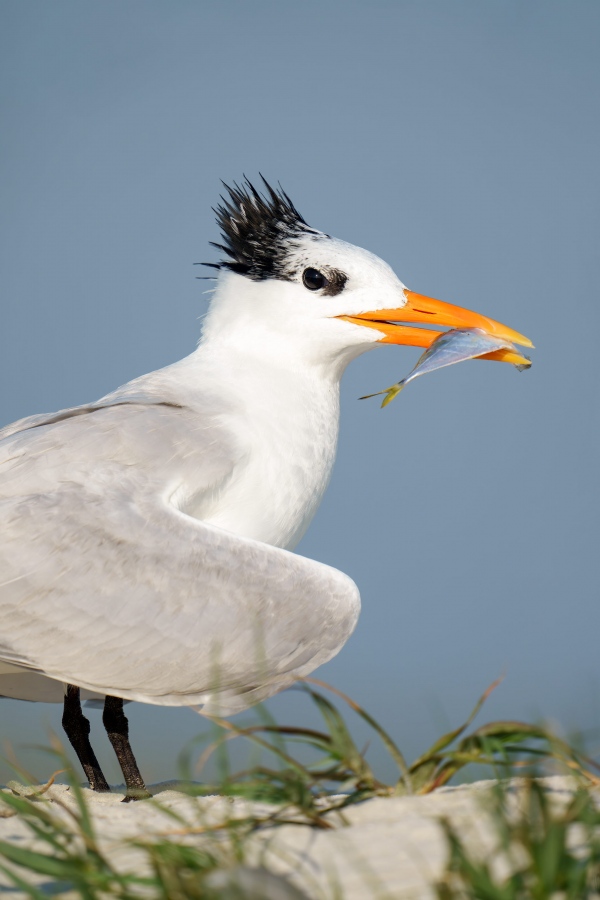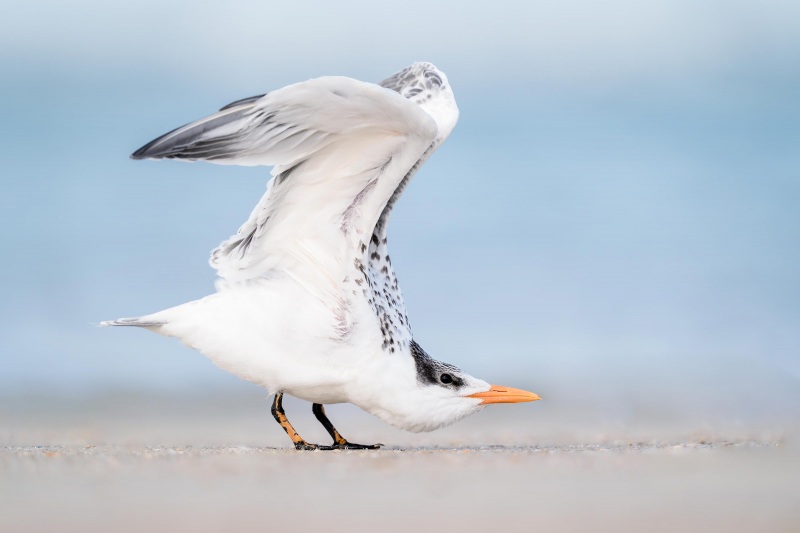Your Call?
Which of today’s two featured images is the strongest? Why?
Supporting My Efforts Here
If you enjoy and learn from the blog, please consider using one of my affiliate links when purchasing new gear. It will never cost you a single penny. To support my effort here, please order from B&H by beginning your search here. Or, click here, to order from Bedfords and enter the discount code BIRDSASART at checkout to receive 3% cash back to your credit card and enjoy free Second-Day Air Fed-Ex shipping. It is always best to write for advice via e-mail.
In many cases, I can help you save some serious dollars. And/or prevent you from purchasing the wrong gear.
Summer On Long Island
Check out the July and August Nickerson Beach (& Jamaica Bay Wildlife Refuge/East Pond) IPT offerings here and consider joining us to learn a ton, make lots of great images, and improve your image processing skills.
What’s Up
Yesterday, IPT veterans Sandy Calderbank and Steve Shore joined me on the first day of the extended (Sunday thru Friday morning) Jacksonville IPT. Steve survived nicely despite the fact that American Airlines opted to leave his single checked bag in Dallas. We were greeted by record numbers (at least 4000 plus) of Royal Tern chicks on the beach. Though there are still some small tern chicks around, the vast majority are either 3/4 grown or fledged and flying. The variety of plumages on the young birds is staggering. Some have golden tones, some are a very fluffy white, some are starkly patterned black and white, and others do not fit neatly into any category.
After being delayed by leader error, we caught just the tail end of a spectacular sunrise so we are hoping for a repeat this morning. With the wind in the morning from the west (bad), the clouds helped for a bit, but unfortunately, we had full sun by 7:45. We had a great brunch at the AirBnB that Steve and I are sharing and followed that up with two plus hours of image review and Photoshop. We made one Camtasia image processing video as I optimized one of Sandy’s photos.
We got back to the beach before 5pm. The wind had switched to the south/southeast (bad in the afternoon). The bright sun (bad) soon gave wave to clouds (good with the SE wind) and we enjoyed an excellent hour with the terns, some young Laughing Gulls, and some Brown Pelicans. When the wind swung briefly to the W/SW we enjoyed some good flight photography. Then the skies cleared and the wind freshened from the south limiting us to flight photography only with birds flying the “wrong” way. All of the handsome young terns sitting on the clean beach were angled away from us — classic wind against sun.
I was glad to learn yesterday that Homer IPT veteran Mark J Harrington recently sold his Canon EF 400mm f/5.6 LUSM lens in excellent plus condition for a BAA record low $423.00 (was $523.00), a Canon EF 100-400mm f/4.5-5.6L IS II USM lens in excellent plus condition for a BAA record low $949.00, and a
Canon Extender EF 1.4X III in excellent plus condition for a BAA record low $228.00.
Today is Monday 15 July and we will be headed out earlier than yesterday. The forecast (west wind in the mornings and SE in the afternoons) is the same for at least the next two days. We will do our best and there will continue to be a ton of leaning going on.
|
|
|
This image was also created on 14 July 2024 at Huguenot Memorial Park on the first day of the JAX IPT. Standing at full height — the bird was atop a dune at eye level I used the Robus RC-5570 Vantage Series 3 Carbon Fiber Tripod/Levered-Clamp FlexShooter Pro-mounted Sony FE 600mm f/4 GM OSS lens, the Sony FE 2.0x Teleconverter, and The One, the Sony Alpha 1 Mirrorless Digital Camera). The exposure was determined via Zebra technology with ISO on the thumb dial. ISO 1000. 1/2500 sec. at f/8 (wide open) in Manual mode. When evaluated in RawDigger, the raw file brightness was determined to be dead-solid perfect. AWB at 8:11:31am on a then sunny morning. Upper Center Tracking: Zone/AF-C with Bird-Eye/Face Detection performed perfectly. Be sure to click on the image to enjoy a high-res version. Image #1: Royal Tern, adult with fish for chick |
Think Fast/Work Fast
I called out, “Adult with fish” as this bird landed on the ridge in front of me, pretty much right down sun angle. At 1200mm, I knew that I had way too much lens so I shouted, “Front end vertical” as I rotated the lens to vertical in the tripod collar. I set upper center Tracking: Zone AF/C on all of my bodies to save an instant or two in such situations. The AF system tracking the bird’s eye perfectly as the bird turned its head slightly toward me (good!). I fired off about ten frames before the bird took flight. Three, made before the bird turned its head away into the west wind, were quite excellent. The three of us looked very closely at the three images for more than a few minutes while discussing the merits of each. Finally, we all agreed on the second image, now optimized above.
The Goal: One Family Jewel per Session
Folks often ask me, “What are you trying for when you head out into the field. I usually reply by saying something like this: I am trying to make one family jewels type image, a photo that makes me happy. Most of those will be both artistically and technically excellent (if not perfect). Once I get one, I am always hoping and trying for more. After both the morning and afternoon sessions, I knew exactly which images I would be most proud of. Mission accomplished.
|
|
|
This image was also created on 14 July 2024 at Huguenot Memorial Park on the first day of the JAX IPT. Seated on damp sand, I used the heel-pod technique with the handheld Sony FE 300mm f/2.8 GM OSS lens (Sony E), the Sony FE 1.4x Teleconverter, and the ridiculously amazing Sony a9 III Mirrorless Camera. Tracking: Expand Spot/AF-C with Bird-Eye/Face Detection performed perfectly. Be sure to click on the image to enjoy a high-res version. Image #2: Royal Tern, handsome fledged chick — double overhead wingstretch |
Working Hard Sometimes Pays Off
This handsome young tern was sleeping on the clean, hard-packed sand. First there was a gull behind it, then a tern. I was hoping that it would stand up and not run or fly away. Seated, I pushed myself forward and right with my hands with the lens on my lap and butt-advanced to get into position. The gull flew away. Then the tern flew away. Then, the handsome young tern woke up and walked a few step to my right so I followed, again by butt-advancing. Finally I was in perfect position and the bird rewarded me, first with a ruffle and then with a double overhead wingstretch. Image #2 above was the last frame in the series as I quit shooting knowing that I would clip the wingtips.
The coolest thing about this image is that while I was optimizing it I thought that it was an a-1 file … a9 iii image quality is quite superb despite that fact that the raw files (24 MP) are slightly less than half the a-1 raws (51 MP).
Typos
With all blog posts, feel free to e-mail or to leave a comment regarding any typos or errors.
















Leave a Reply